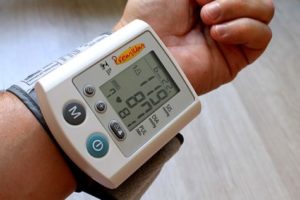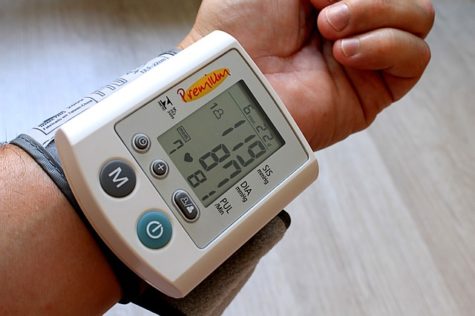EDMONTON, Alberta —When making decisions about health, many people try to avoid a visit to the doctor and instead rely on home tests, especially home blood pressure monitors. But how accurate are these devices? You might be surprised to find the vast majority of readings from home blood pressure monitors are, as researchers describe in a recent study, “unacceptably inaccurate.”
Researchers from the University of Alberta tested dozens of home blood pressure monitors used by 85 patients and discovered the monitors were inaccurate within the range of five millimeters of mercury (nnHg) — roughly 70 percent of the time. Monitors were off the mark a whopping 10 mmHg about 30 percent of the time.

“High blood pressure is the number one cause of death and disability in the world,” says lead author Jennifer Ringrose in a university release. “Monitoring for and treating hypertension can decrease the consequences of this disease. We need to make sure that home blood pressure readings are accurate.”
In the study, researchers had two observers take several blood pressure readings of a patient simultaneously and compared them to the measurements from a home monitor. The average difference between the home devices and the “gold standard” readings were acceptable, but the authors found most home blood pressure monitors showed “clinically-relevant inaccuracy,” particularly in women.
“Arm shape, arm size, the stiffness and age of blood vessels and the type of blood pressure cuff are not always taken into account when a blood pressure machine is designed and validated,” says co-author Raj Padwal. “Individual differences, such as the size, age and medical background of the person using the blood pressure monitor are also contributing factors.”
The authors urge patients to avoid changing medications or doses of current drugs based on the results of the devices — unless the readings are alarmingly high.
“Compare the blood pressure machine measurement with a blood pressure measurement in a clinic before exclusively relying upon home blood pressure readings,” warns Ringrose. “What’s really important is to do several blood pressure measurements and base treatment decisions on multiple readings. Taking home readings empowers patients and is helpful for clinicians to have a bigger picture rather than just one snapshot in time.”
Considering millions of patients are asked to monitor their blood pressure at home, it’s vital that the right results are provided to the patients.
Determining exactly why the inaccuracies are taking place, has yet to be fully determined. Researchers not having access to specific formulas for which the monitors use to test blood pressure is an issue; this is kept by the manufacturer. In order to make improvements, there’s a need for collaborative efforts between researchers/educators and industries.
This study’s findings were published in the American Journal of Hypertension.

Comments
Comments are closed.